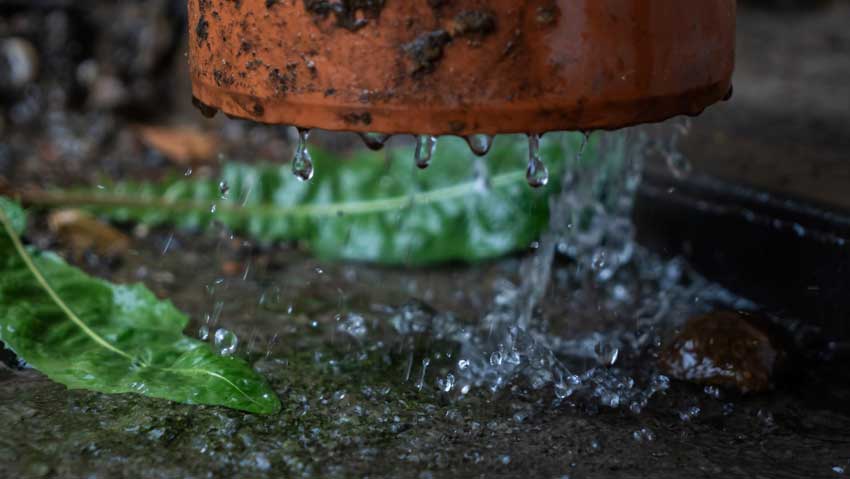
Effective management of stormwater is critical to making one’s property the best it can be, from a visual and aesthetic standpoint to ensuring the safety and longevity of any structure on it.
Additionally, there are a handful of environmental incentives to make sure stormwater is controlled as it can and should be. Here are a few:
- Boosting groundwater. Managing stormwater the right way sends it back into the soil, where it’s filtered through the natural processes involved and replenishes aquifers underground. Though many in the Tri-State get their drinking water from the Ohio River, which according to the Ohio River Valley Water Sanitation Commission supplies drinking water for more than 5 million people, for others, groundwater is a crucial source.
- Keeps habitats strong. When precipitation meets surfaces such as roofs or pavement, it collects whatever pollutants lurk there, be they chemicals or other loose debris. Left to their own devices, those freeloaders end up in nearby ponds, lakes, rivers and streams, and have negative effects on the wildlife that lives there, all the way down to the base level – our food’s food’s food’s food. Stormwater management that sends that water through a filtering process helps get in front of those problems before they begin.
- Aiding in air quality. Effective stormwater dispersal aids in producing plants and trees, which improves air quality. The benefits to this to all residents of an area are obvious, as are the problems associated with a shortcoming in this department.
- Helps sewers and septic systems maintain control. Heavy rainfall can easily overwhelm sewage treatment plants and septic systems if not handled properly. That means untreated or undertreated wastewater heading back into the environment – potentially leading to any number of negative outcomes.
Building or retrofitting a property? Call Little’s Excavating to get help with making sure your stormwater does what it should – for your own benefit and for the environment around you.
